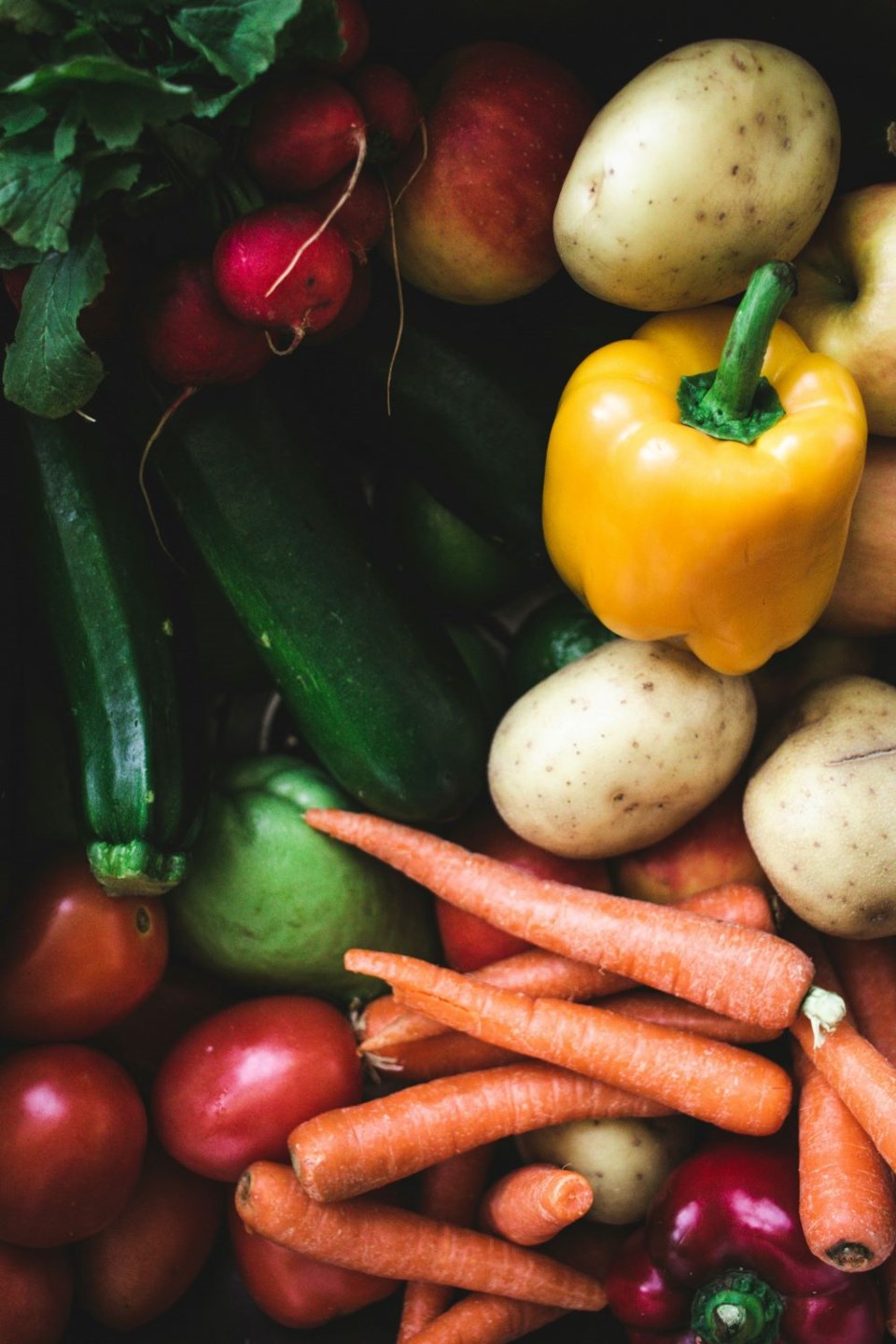One way to increase our local food security is make it easier to subdivide farmland and get more smaller vegetable farms happening.
Good luck with that.
In the City of Prince George there is a bylaw that only allows a minimum of 15 hectares of AF-zoned (agriculture and forestry) land to be subdivided. That’s around 37 acres.
So say someone has 10 acres of prime farmland zoned Agriculture/Forestry (AF) and they want to parcel off one acre to a small-market vegetable farmer. Not if it’s zoned AF.
First of all it would have to be rezoned to one of the rural residential zones, the AR1, AR2 or AR4 zones. Unfortunately the smallest lot size any of these zones allows is a single hectare in the AR4 zone, or 2.41 acres.
So you can’t even create a single acre farm out of a big chunk of agricultural land.
But let’s say the city allowed one-acre farm parcel subdivisions.
Even if you had an AR designation that allowed that, all of these zones are apparently designed to be developed into housing, and they carry the financial rezoning burden you would expect the city to squeeze out of a developer: $50 for every 100 square meters to be rezoned plus $2,400 in other fees.
So if you wanted to parcel off an acre of land to rezone into a theoretical AR zone that allows a small one-acre market vegetable farm, no house, you’d be looking at city fees alone of around $4,400.
To put that into perspective, the rezoning fees alone are worth around half of what the average acre of farmland in British Columbia is worth: As of 2021 an acre of farmland was worth around $9,000.
But that’s not all.
Don’t forget about the Agricultural Land Commission (ALC), which oversees the preservation of agricultural land covered under the Agricultural Land Reserve (ALR)
If the city did approve the subdivision taking place, it then goes to the ALC, who then require $1,500 to do an assessment and make the final decision.
The ALC doesn’t really like the idea of small farms.
They have policies against farmland fragmentation and have strict guidelines in place to maintain the “integrity” and “continuity” of the ALR landbase.
If parcelling off a small plot of farmland is seen to limit the future options of that larger farmland, it will likely be rejected.
So in our example, growing one acre of high-value vegetables would compromise the economies of scale of growing 10 acres of lower-valued hay. It might make the remaining nine acres of hay production less worthwhile. That would likely be a factor in the ALC’s decision. There’s a very good chance you just wasted almost $6,000 for nothing.
Fundamentally the neoliberal mindset that has infiltrated our governments does not prioritize the encouragement of more small market vegetable farms. It’s been hoodwinked to believe only bigger is better.
Small farms put the lie to this concept.
Jean Martin Fortier in Quebec has, for years, produced over $100,000 of produce per acre off a 1.5 acre parcel of farmland near St. Armand southeast of Montreal.
Granted, his plant hardiness zone is slightly better than ours, but not by much.
And most people would be shocked how much you can produce off such little land right here in Prince George.
We have it in our minds only some biotech-captured mega-farm growing cash crops of roundup-ready GMO canola is legitimate farming.
I would argue we have much more to gain with smaller farms producing higher value produce, not just for our health and food security, or the environment and biodiversity, but for the resilience and success of rural communities and rural lifestyles.
Now if only our governments allowed more of that to happen.



